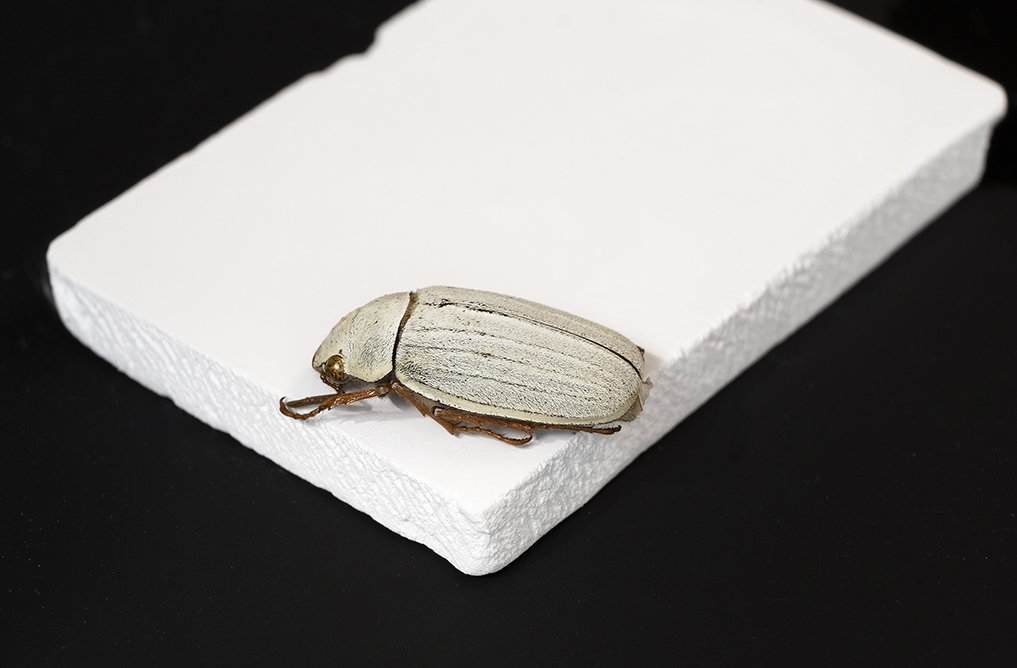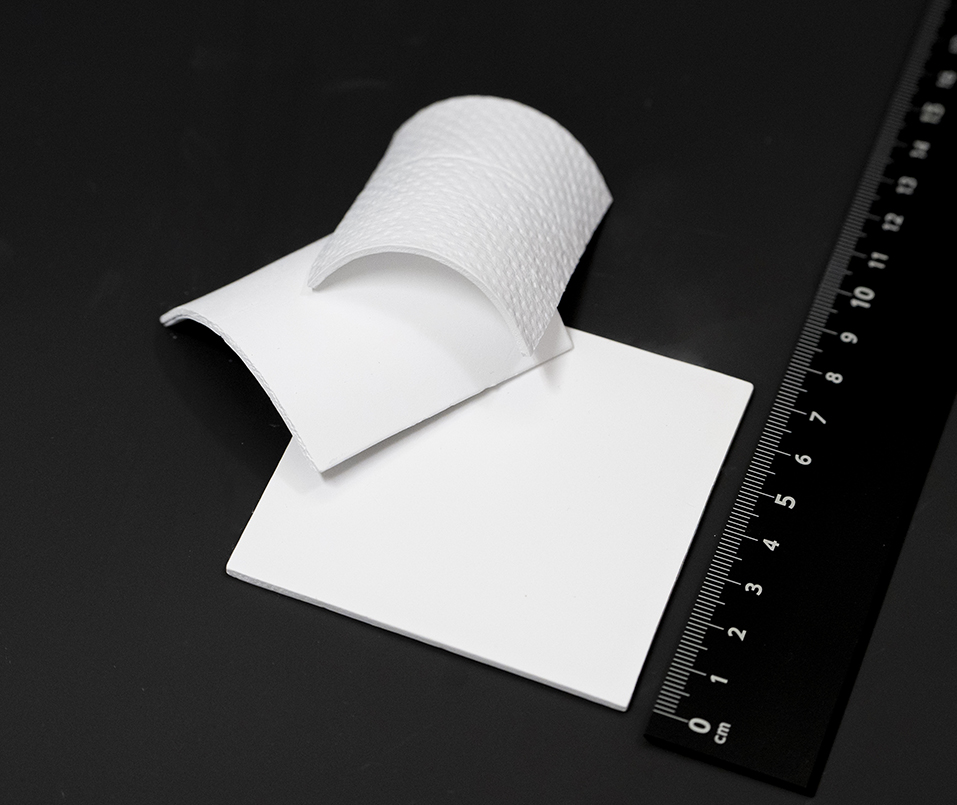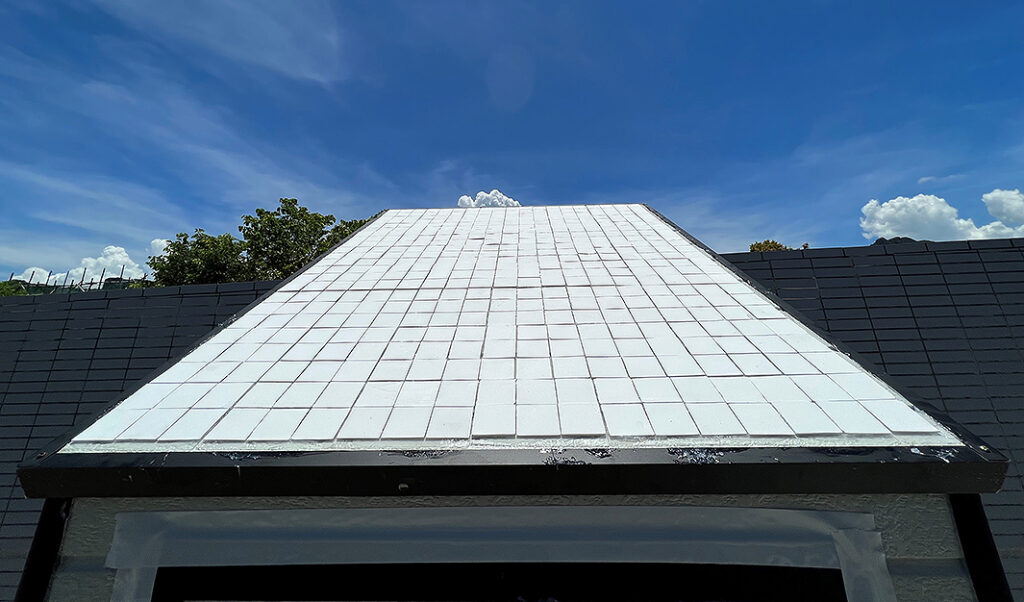When the temperature inside their houses is high, people immediately resort to their air-conditioners, which may lower the heat, but would rocket their energy costs.
One of the alternative solutions to reduce interior temperatures suggested by scientists is to use lighter colors when painting buildings and rooftops, as they absorb less light than darker ones and, therefore, remain cooler. In fact, ultra-white paints developed in recent years have reflected 95% of the sunlight, effectively cooling buildings.
However, in mid-November 2023, one significant step in building cooling was made when a new ultra-white ceramic material was displayed to the public by a group of scientists in Hong Kong. This material was said to be able to impactfully cool buildings by reflecting 99.6% of the sunlight that hits them when the weather becomes scorching.
The ability comes from the material’s nanostructure, which means it is very durable and should be easily mass-produced when needed using a common material and a two-step process that includes phase inversion and sintering.
The beetle-inspired material is originally made of alumina, which not only enables the cooling ceramic to withstand different kinds of weather but also reduces solar absorption.

Furthermore, the material also fixes a critical weakness of other passive cooling methods – the ability to resist degradation from UV light exposure, and also adds the extra effect of evaporative cooling, as well as the capability of fire resistance by withstanding up to 1,000 degrees Celsius.
Professor Edwin Tso Chi-yan, the corresponding author of the study, also claimed that the material met the standards for both high-performance PRC and real-life applications.
He stated that the new material, when applied to the cooling system on a house roof, was capable of saving 20% plus of electricity cost, which hints at a potential to persuade people to gradually reduce reliance on traditional house-cooling methods and prevents electricity grid overload, greenhouse effects, together with urban heat islands. Finally, the researchers also said that white would not be some people’s favorite, so they would prepare to produce the material in various colors and patterns by adding extra layers.

Source: City University of Hong Kong






